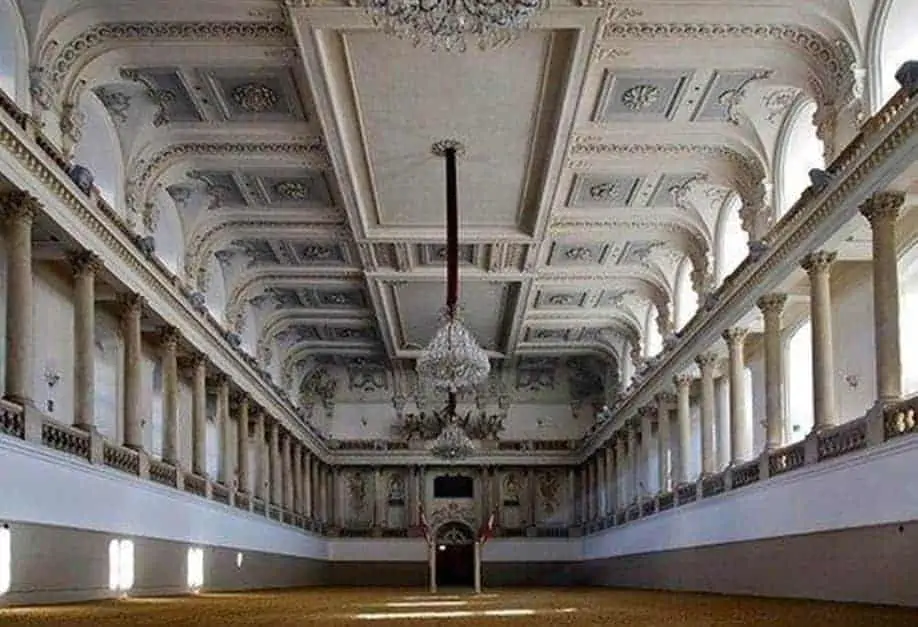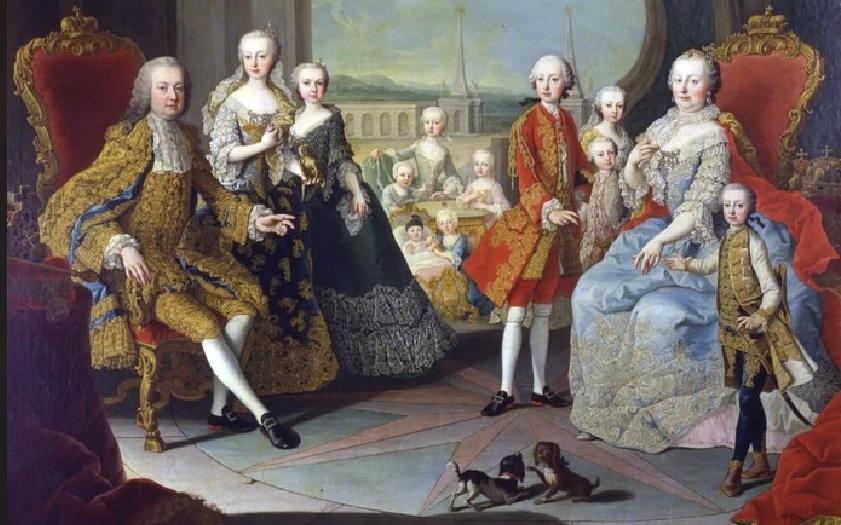When and how did the Spanish Riding School come to Vienna? Where is the performance venue of the “Ballets of the white stallions”, called Lipizzaner, and where are the stables located? The Spanish Riding School in Vienna is the oldest riding school in the world. Moreover, the only institution in the world where classical horsemanship in the Renaissance tradition of the “High School” has been cultivated unchanged for more than 450 years . Since 2010, it has been included in the UNESCO Intangible Cultural Heritage of Humanity. The term “court riding school” is related to the fact that its attendance and use was formerly reserved exclusively for the nobility . These needed an appropriate riding hall for learning the high school of horsemanship. The baroque Winter Riding School is the venue for the morning training sessions and performances of the Spanish Riding School . The white Lipizzaner stallions “practice” to classical music every morning (except Monday).
At weekends, they show off their true skills. Emperor Charles VI commissioned Josef Emanuel Fischer von Erlach to build the Winter Riding School in 1729. The baroque riding hall is considered one of the most beautiful in the world. The equestrian portrait of the monarch still adorns the entrance area and is respectfully greeted by those who are ready. All the gaits of high horsemanship will be demonstrated. From Levade to Capriole to Courbette. Since this art of riding unchanged since the 16th century. the Spanish Riding School has been a UNESCO intangible cultural heritage site since 2010. The name of the “Spanish” Riding School is linked to the Spanish line of theHabsburgs and can be traced back to the middle of the 16th century: Ferdinand I, Charles V’s brother, grew up in Spain. Due to the division of the Habsburg Empire into a Spanish and an Austrian line, Ferdinand came to Vienna and took with him the magnificent Spanish horses from the Iberian Peninsula . Today’s Lipizzaner stallions are their descendants and were crossed with Arabian and Barbary horses. In the middle of the city – in the Stallburg (one of the few Renaissance buildings in Vienna) are housed about 72 white Lipizzaner stallions . The name, probably the most famous stallions in the world, comes from the village of Lipica in Slovenia . The former court stud farm with Spanish horses was founded in this area in 1580 . Due to the collapse of the monarchy, the stud was moved to Piber in western Styria.
Lipizzaners are born there in black, bay or mouse gray . With each change of hair, the color changes and becomes lighter. They come to Vienna between the ages of four and seven. They spend the summer at Heldenberg, a training center in Lower Austria. Time Travel Tip: Would you like to see the Lipizzaner horses up close? Then on weekdays (except Mondays) be at the Stallburg around 11h. There, the white stallions are taken across the street to the winter riding arena and exchanged for training. You can see and photograph them up close if you are lucky. In summer you can also see and photograph the young foals early in the morning when they come out in the castle garden. More info: Spanish Riding School (srs.at) Image source: https://commons.wikimedia.org/wiki/File:Spanische_Hofreitschule_Wien_Vienna_Winter_riding_manege_1.jpg?uselang=de



